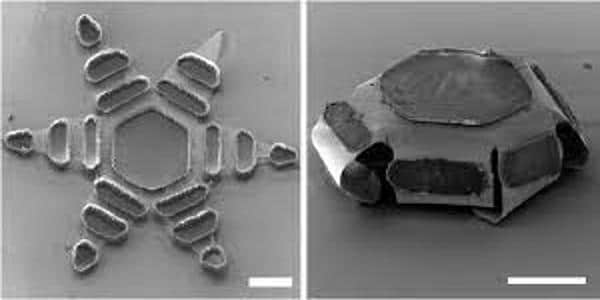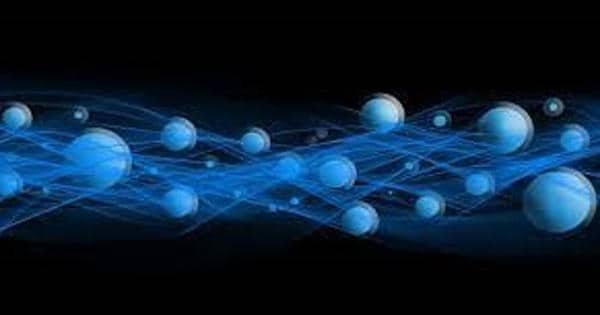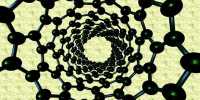From bacteria to animals and humans, living organisms can perceive their surroundings and process, store, and retrieve this information. They learn how to respond to future situations by taking appropriate action. A group of physicists has devised a method for imbuing tiny artificial microswimmers with the ability to learn through the use of machine learning algorithms.
Artificial intelligence (AI) is intelligence demonstrated by machines, as opposed to natural intelligence demonstrated by humans and animals, which includes consciousness and emotion. The acronym used frequently reveals the distinction between the first and second categories. ‘Strong’ AI is commonly referred to as artificial general intelligence (AGI), whereas attempts to mimic ‘natural’ intelligence are referred to as artificial biological intelligence (ABI).
A team of physicists have developed a method for giving tiny artificial microswimmers a certain ability to learn using machine learning algorithms.
Microswimmers are microscopic particles that move on their own. They can move in a directional manner in a solution. Leipzig University’s Molecular Nanophotonics Group has created special particles that are one-thirtieth the diameter of a hair. They can change direction by heating tiny gold particles on their surface and converting this energy into motion. “These miniature machines, however, are unable to absorb and learn information in the same way that living beings do. To accomplish this, we externally control the microswimmers so that they can learn to navigate in a virtual environment using a technique known as reinforcement learning “Cichos stated.
The microswimmers navigate the liquid with the help of virtual rewards, despite being repeatedly thrown off course by Brownian motion. “Our findings show that the best swimmer is not the fastest, but rather that there is an optimal speed,” said Viktor Holubec, who worked on the project as an Alexander von Humboldt Foundation fellow and has now returned to the university in Prague.

According to the researchers, combining artificial intelligence and active systems, such as those found in these microswimmers, is the first small step toward developing new intelligent microscopic materials that can perform tasks autonomously while also adapting to their new environment. Simultaneously, they hope that the combination of artificial microswimmers and machine learning methods will yield new insights into the emergence of collective behavior in biological systems.
“Our goal is to create artificial, smart building blocks that can perceive and actively respond to environmental influences,” the physicist explained. Once fully developed and applied to other material systems, including biological ones, this method could be used to develop smart drugs or microscopic robot swarms.
Any intellectual task can benefit from AI. Modern artificial intelligence techniques are all around us and far too numerous to list. When a technique becomes commonplace, it is no longer considered artificial intelligence; this phenomenon is known as the AI effect.
Reasoning, knowledge representation, planning, learning, natural language processing, perception, and the ability to move and manipulate objects are some of the traditional problems (or goals) of AI research. AGI is one of the field’s long-term objectives. Statistical methods, computational intelligence, and traditional symbolic AI are among the approaches. AI employs a wide range of tools, including variations on search and mathematical optimization, artificial neural networks, and statistical, probability, and economic methods.
















